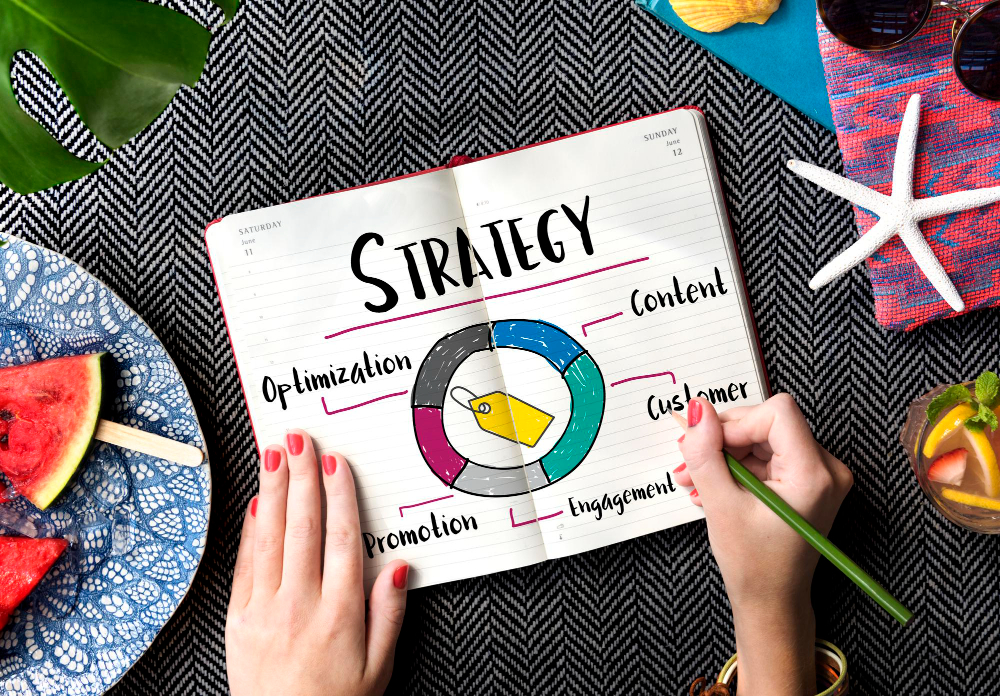In today’s hyper-competitive B2B environment, sales teams and marketing professionals are under immense pressure to deliver pitch-perfect proposals that resonate with clients. But creating market-led proposals that consistently close deals doesn’t happen by accident. The secret lies in an often-undervalued treasure trove of insight: win/loss data and customer interviews. These tools can drastically improve win rates by aligning proposals more closely with customer needs, preferences, and decision-making processes.
The challenge lies not in collecting data but in effectively using it to shape strategic messaging and proposal development. This article explores how businesses can build market-led proposals that close more deals, using insights derived from win/loss reviews and customer interviews.
Contents of Post
The Power of Market-Led Proposals
Modern buyers are savvier than ever. They come to the table with deep product knowledge, expectations for tailored experiences, and limited patience for generic sales pitches. To succeed, sales proposals must speak directly to their challenges, goals, and expectations. This is where market-led proposals come in.
Market-led proposals are informed by the real needs and behaviors of customers and prospects. Rather than relying on assumptions or gut instincts, these proposals are rooted in evidence: deep market research, real-time customer feedback, and win/loss data analysis.
Such proposals tend to be:
- More Relevant: Tailored messaging ensures alignment with customer goals.
- More Credible: Leveraging voice-of-customer proof points creates trust.
- More Effective: Proposals that resonate close faster and more consistently.
Understanding Win/Loss Data
Win/loss data captures the reasons a deal was won or lost. These insights can be sourced from CRM tools, post-decision interviews, or sales team debriefs. Win/loss analysis is crucial because it removes guesswork from pipeline reviews and allows teams to base future proposals on predictable patterns of success—or failure.
Key categories to assess in win/loss analysis include:
- Solution Fit: Did the offering meet the buyer’s technical or strategic requirements?
- Pricing: Was the cost in line with expectations and perceived value?
- Competitor Positioning: Did another vendor present a stronger case?
- Customer Experience: How was the buyer’s journey, from first contact to proposal delivery?
Regular, structured win/loss reviews help teams detect hidden trends and misconceptions. For example, maybe you believe deals are being lost due to price, but interviews show competitors are winning on better communication. That insight fundamentally shifts how proposals should be framed moving forward.
Customer Interviews: Voice-of-the-Customer in Action
Customer feedback is one of the most valuable sources of intelligence when developing winning proposals. While win/loss data provides the “what,” customer interviews explain the “why.” Directly engaging with past buyers—both successful and unsuccessful—helps uncover the nuanced factors that influence purchasing decisions.
Effective customer interviews are structured, open-ended, and ideally conducted by someone outside the direct sales funnel to encourage honest responses. Interviews should aim to uncover:
- Customer Perception: How was your proposal and product/service perceived?
- Differentiators: What stood out and what fell flat?
- Decision Journey: What was the timeline and who influenced it?
- Unspoken Needs: Were there hidden obstacles or drivers that weren’t addressed well?

Qualitative insights from customer interviews can inspire content and positioning strategies that would otherwise remain overlooked. When stitched together with quantitative win/loss data, these insights allow for holistic improvements in proposal quality.
Integrating Insights into Proposal Development
The true value of win/loss data and interviews lies in their integration into your proposal development workflow. Without this step, knowledge remains locked in silos and doesn’t impact performance. Here are practical ways to implement findings:
1. Customize Proposal Templates
Use insights to modify your proposal templates so they align more with successful buyer journeys. For instance, if win data shows that including customer testimonials improves credibility, make them a standard component in every section.
2. Align Messaging with Buyer Personas
Map data to your buyer personas. Understand how procurement officers versus CTOs perceive your value proposition and adjust language and content accordingly.
3. Anticipate Objections
Insights can forewarn you about common objections—maybe your pricing structure is confusing or your margin of differentiation is unclear. Address these points proactively in your next proposal.
4. Optimize Timing and Delivery
Win/loss reviews often reveal differences in buyer response based on timing. Use that knowledge to schedule proposals strategically—for instance, avoiding fiscal quarter end or optimizing demo-to-proposal gaps.
Building a Feedback Loop
Market-led proposals thrive on continuous improvement. Businesses must build a feedback engine that ensures insights from win/loss data and interviews directly influence the next wave of proposals.
This requires cross-functional collaboration. Sales, marketing, proposal writers, and customer success teams must work in sync. A repeatable feedback loop may look like this:
- Conduct monthly win/loss reviews and interviews.
- Synthesize the data into digestible learning briefs.
- Host cross-departmental sharing sessions.
- Document learnings into a central repository.
- Revise proposal content, strategy, and templates accordingly.

This iterative approach ensures your value proposition is always evolving based on the voice of the market—never static, stale, or misaligned.
Case Study: A Proposal Transformation
Consider a mid-market SaaS company that revamped its proposals using insights from structured win/loss reviews. By aggregating interview feedback from 30 opportunities, they learned their technical documentation was highly valued—but inconsistently included. Meanwhile, pricing explanations were often vague, causing buyer hesitation.
Acting on this, they overhauled their proposal process with the following moves:
- Mandatory inclusion of detailed technical appendices.
- Clear and transparent pricing explanations.
- Buyer-specific value narratives shaped by persona-level data.
Within one quarter, their proposal win rate rose by 18%, and average deal velocity improved by 21%.
Challenges and Limitations
Implementing a data-driven proposal strategy can be resource-intensive. Common hurdles include:
- Data Quality: Inconsistent win/loss data entry undermines analysis.
- Limited Participation: Customers often hesitate to share honest feedback post-decision.
- Internal Resistance: Teams might resist changes based on feedback that challenges long-standing assumptions.
Despite these challenges, companies that invest consistently in the discipline of analysis and integration outperform their peers in proposal effectiveness and overall sales growth.
The Strategic Advantage
Market-led proposals aren’t just more effective; they are a strategic differentiator. Companies that design proposals based on real customer data and feedback can adapt faster, build deeper trust, and close more deals. They no longer react to market changes—they anticipate and shape them.
In today’s economic climate, where every deal counts and buyer scrutiny is higher than ever, using win/loss data and customer interviews isn’t optional. It’s essential.
Organizations that commit to this approach will not only improve closure rates but become learning organizations—with proposals that serve not just as sales tools but as extensions of strategic customer understanding.

